A sliding glass door offers a gliding design with an operating panel and a stationary panel. The door slides horizontally making sure it takes up less space and still provides a way out/in.
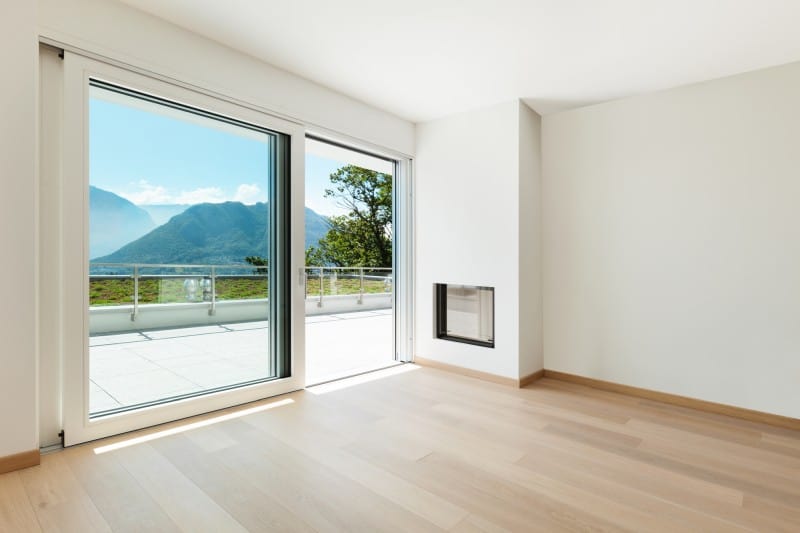
These doors come in a variety of designs, but all have the same premise of a horizontal movement pattern.
While these doors are common in modern architecture, there are several options for property owners to think about before making a decision.
Sliding doors do come with their disadvantages including the amount of time required to keep them clean.
Due to how they are designed, the glass tends to accumulate a significant amount of dust, fingerprints, and more leading to an aging aesthetic.
This makes it important to have a set routine in place to keep the glass as clean as possible year-round.
There can also be issues involving security depending on how strong the latch is. If it ages and/or weakens, this can increase the likelihood of someone getting into the property without too much of a hassle.
Keeping these disadvantages in mind, it’s important to look at some of the alternatives available on the open market right now.
Here are the top ten alternatives to sliding glass doors, how they work, and what makes them a unique fit.
1) French Doors
A French door is noted for allowing a significant amount of light in due to its top-to-bottom glass design. This means there are glass panes built into the surface of the door.
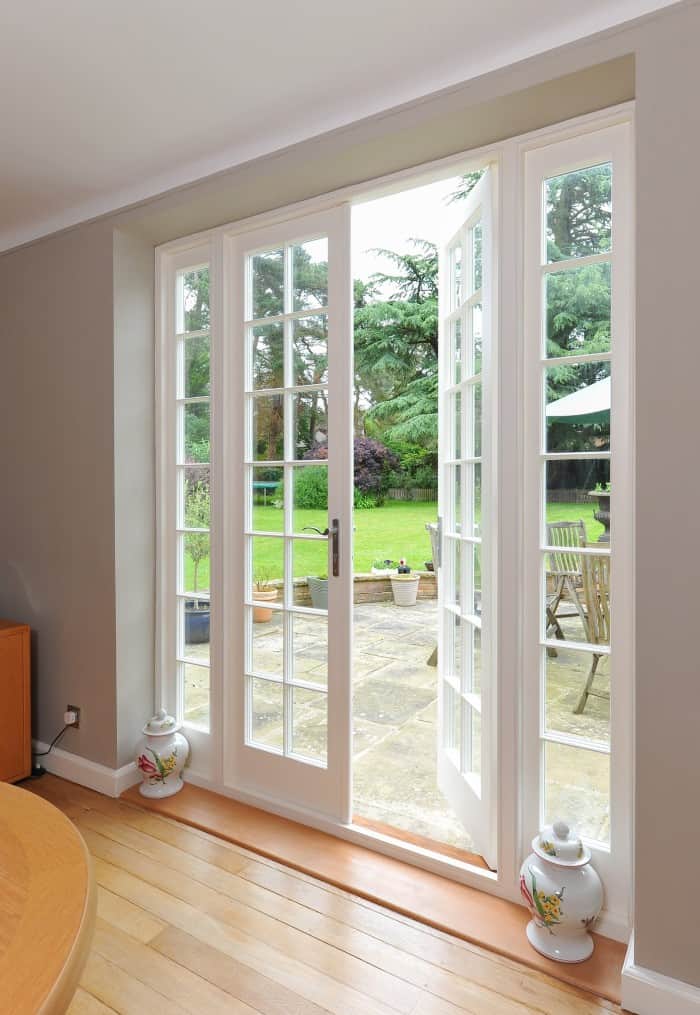
This gives the door a unique look that’s often associated with French architecture including windows. These doors can be customized based on size, shape, look, and glass type.
Due to the additional light coming into the room, these can make properties look larger. They are also noted for delivering a beautiful finish that looks great both outdoors and indoors depending on where the door is installed.
The negatives may include the amount of time it takes to install and the amount of space required to open the door.
2) Pivot Doors
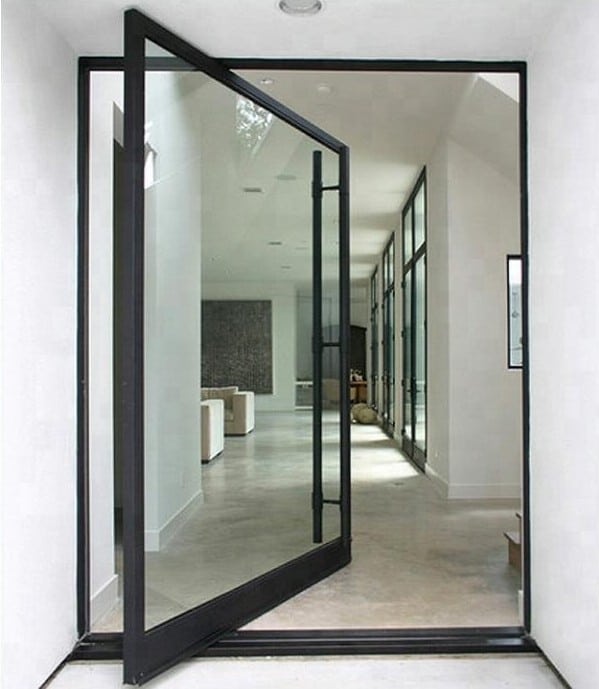
Pivot doors are designed to have a “pivot” set at the bottom of the door. This means the floor and pivot handle the brunt of the door’s weight while making it easier to open the door when walking in/out. This also reduces the amount of stress put on the wall beside the door.
These doors are appreciated for doing well in harsher climates where the weather can become extreme from time to time. They are far more stable than the average door.
While being stable, they don’t offer a comprehensive seal in comparison to other alternatives. This also includes being sleek, which can be too contemporary for certain properties depending on how the rest of the house looks.
3) Accordion Doors
The accordion door is named after the instrument, which has small vertical panels that fold in/out as they move.
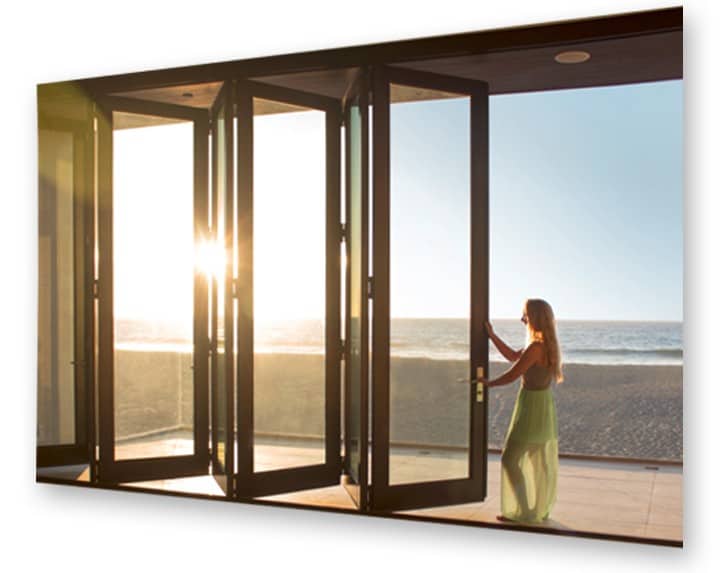
This means the panels clump together when opened and spread apart when closed. This creates an accordion-like movement pattern as the door is used.
These doors are appreciated for having a unique look that’s appealing in contemporary properties. They are easy to open and close while allowing enough protection to keep the property owner satisfied.
However, these doors do come with disadvantages including maintenance since each panel can create issues leading to potential repair costs down the road.
This door type has to be installed by a professional and appropriately maintained from time to time. If done the right way, this door does provide an aesthetically pleasing change for property owners.
4) Center Swing Doors
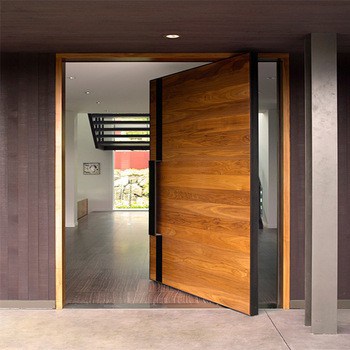
A center swing door has a hinge placed at the top, which allows the door to move in or out. If a person pushes from the left side, the right side comes in their direction.
This is often noted with commercial stores, where revolving doors are set up with a central hinge.
The door can be shaped in various materials, colors, and shapes while maintaining the same type of mechanism using a central hinge.
The benefits of this door include a unique movement pattern that makes it easy to walk in or out. However, the same easiness can also create safety risks depending on where the door is set up. It is much harder to keep locked.
5) Shoji Sliding Screens
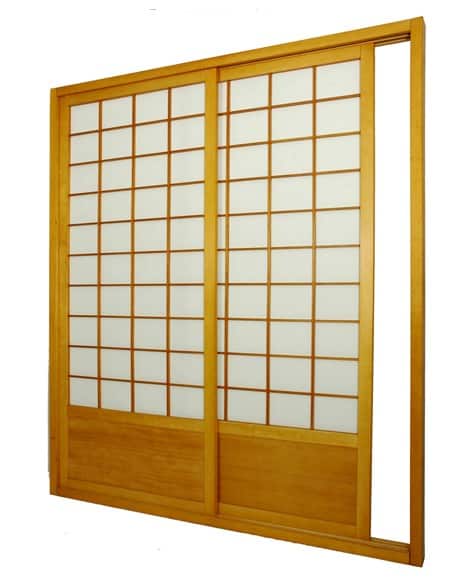
This is one of the more unique and contemporary Asian-based designs on the market right now. The Shoji sliding screen has a sliding mechanism while having a wide array of design options.
In general, the sliding door moves to the side as soon as it is tugged on and includes box-like patterns on the surface. This is a common design seen in Asia and is often used instead of the traditional sliding glass door.
One of the biggest advantages of the Shoji sliding screen has to do with the privacy factor. The box-like panels are far more protective of people seeing through the door making it a better fit in modern times. It is also just as compact as a sliding glass door.
6) Bi-fold Doors
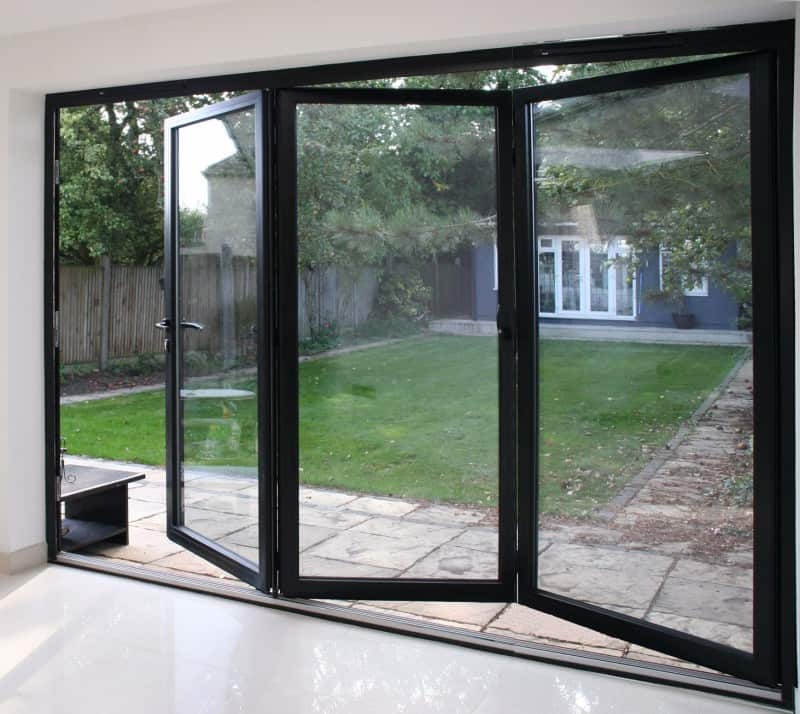
A bi-fold door is designed to split down the middle and fold from there. This means when the door is opened, it bends from the middle and then folds together. When the door is closed, it takes its normal shape like any regular-sized door.
The advantages of this door including enjoying a modern aesthetic while also saving more space. Since the door folds, it doesn’t take up as much space when it is opened.
This can be ideal depending on the amount of space available inside the property. The only issue with these doors would be the initial cost, which is far more than the sliding glass door.
7) Glass Roll-up Doors
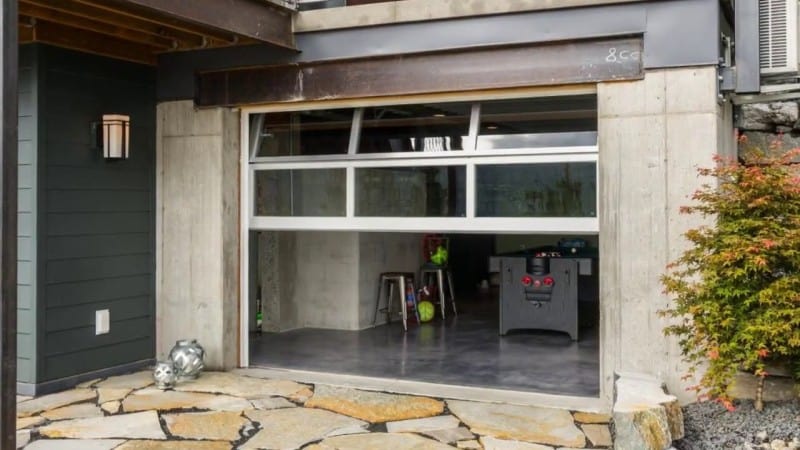
The glass roll-up door is just as the name suggests as its movement pattern works vertically. This means when the door is opened, it slides up revealing the rest of the property.
The entire door is made out of glass-like panels that are spread from one end to the other. These details can be customized depending on what the property owner is after.
The positives of this design include creating a unique look while also having more space horizontally. However, it does take up space horizontally, requires more time to install, and may become a privacy concern based on which glass type is used.
8) Dutch Doors
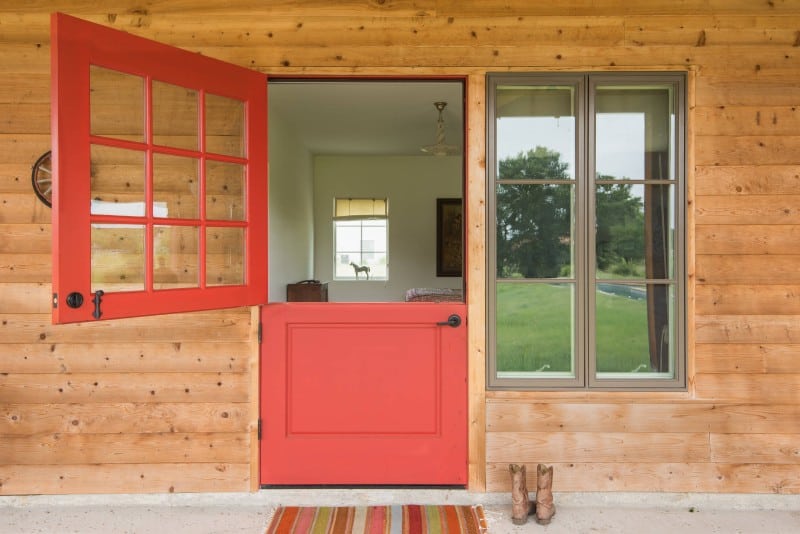
A dutch door is a classic option that has been around for years in different styles. This door revolves around a middle separation, which allows the door to open from the top half while leaving the bottom half closed.
It’s a design that is different to the traditional sliding glass door and providing a special look to the rest of the property.
The advantages of this door include allowing fresh air into the house without opening the entire door, keeping pets/children inside, and can be aesthetically different.
However, it isn’t an ideal option for regions that are known for being infested with insects. These will fly right in as soon as the top half is opened.
9) Sliding Barn Doors
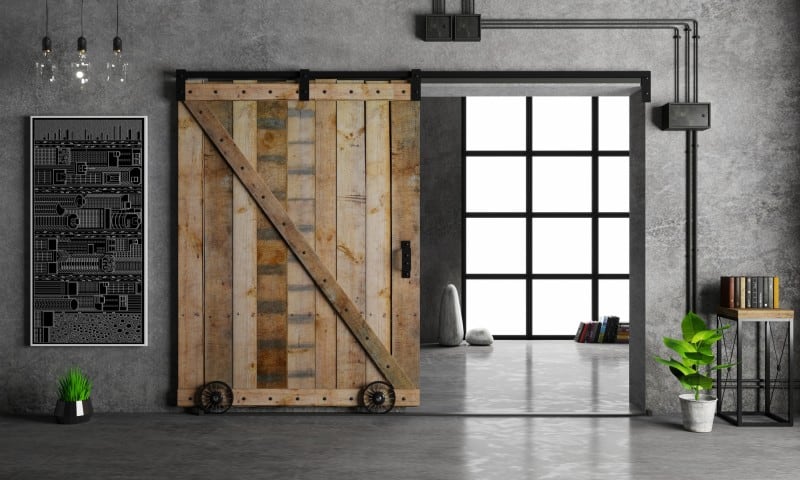
The sliding barn door has a similar idea to the sliding glass door with a single stationary point, which allows the door to move horizontally.
This sliding barn door can be incredibly useful when it comes to consistent performance and does save quite a bit of space.
It also has a rustic finish, which can be customized depending on the individual’s preference (i.e. color, wood type).
The sliding barn door is also appreciated for offering complete privacy since there is no visible point through the surface of the door.
If there are any negatives to keep in mind, it would have to do with the potential limitations in the slide path. The barn door can be heavier and bulkier, which means it won’t move as freely as other door types.
10) A Single Door With Fixed Sidelights
A single door with fixed sidelights is a common alternative when it comes to new-age properties. The idea is to have a single door with a strip of glass running along the sides. These panels will allow light into the property, while the door itself won’t.
It’s a unique combination that does provide an aesthetically pleasing finish most property owners enjoy. It is also better for privacy reasons while still allowing a reasonable amount of light into the room.
The only con with this type of door would be the amount of space it takes when opened. It will open like a traditional door, which can require more space to work properly.
Final Thoughts
These are the ten alternatives to sliding glass doors all property owners should think about. Each option has something unique to offer and it comes down to preference.
Don’t assume there is only one option available to you since the market is flooded with different door options. It’s important to think about the pros and cons of each door before making a decision for your property.
Related Posts
- How to Protect Sliding Glass Doors from Burglars: Essential Security Tips
- How Long Do Sliding Glass Doors Last? Durability and Lifespan Explained
- Here Are Some Pros and Cons of Textured Walls in Homes
- Why Do Sliding Doors Get Stuck? Common Causes and Solutions
- Comparison of Knockdown Drywall Texture vs Orange Peel
- Some FAQ (Frequently Asked Questions) About Wall Paneling for Homes
Leave a Reply